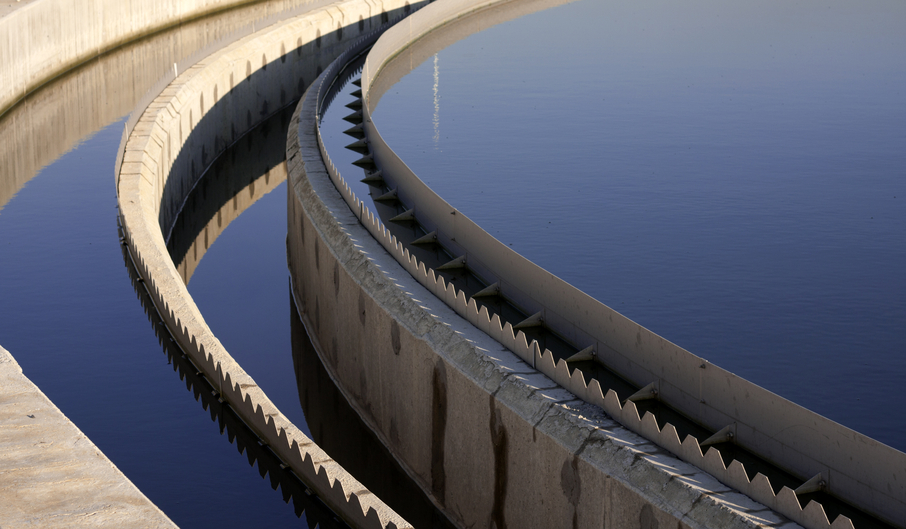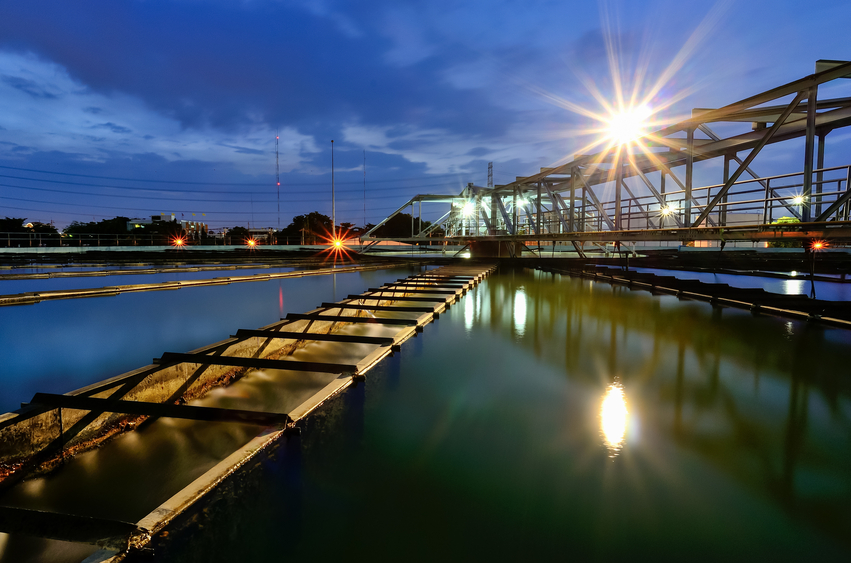Iowa Wastewater 10 PDH Discount Package 3
Courses in this Package
An Introduction to Wastewater Collection and Pumping (C08-010)
An Introduction to Control and Chemical Feeding for Wastewater Treatment (C02-051)

This online engineering PDH course will introduce you to the principles and practices of wastewater collection and pumping. You will learn about preliminary sewer design issues, the hydraulic design of gravity and pressure sewers, sewer system layout, appurtenances, and structural design of sewer lines. You will be introduced to the fundamentals of pumped system design, pumping stations and equipment. You will become familiar with sewer piping and pump station components. You will also learn how to approach evaluation and rehabilitation of existing sewer systems.
This 8 PDH online course is intended for civil engineers and other infrastructure design and construction professionals who want to learn about the basic technology, design guidelines and materials and equipment used in design and construction of wastewater collection and pumping systems (sanitary sewer systems) for residential, industrial and commercial developments.
This PE continuing education course is intended to provide you with the following specific knowledge and skills:
- Learning about the approach, requirements, criteria, considerations, and hydraulic calculations used in the design of gravity sewers
- Learning about alternatives to gravity sewer systems that would require deep and expensive trench excavation, such as jacking, boring, and tunneling
- Understanding how the operation and maintenance costs of a pumping station with a forcemain, when capitalized, may offset or be less than the construction costs of a deep gravity sewer system
- Knowing when high groundwater, unstable soil, shallow rock, or extremely adverse topography make gravity sewers, pump or ejector stations unsuitable, low pressure systems using grinder pumps with small diameter pressure sewers may be a solution
- Learning how to calculate the average hourly wastewater flowrate in order to design a sanitary sewer system
- Learning how to calculate extreme peak wastewater flowrates and how to size a sanitary sewer system to accommodate them
- Learning how to design for unintended inflow and infiltration in wastewater collection systems
- Learning about the Manning Formula and how to use it in sewer system design
- Understanding the importance of flow velocity in sewer pipes and velocity guidelines for various flow conditions that may be encountered
- Knowing the basic parameters for sewer pumping station layout
- Familiarizing with the different types of sewage pumps and ejectors and when they are used
In this professional engineering CEU course, you need to review the course document titled, "An Introduction to Wastewater Collection and Pumping".
Upon successful completion of the quiz, print your Certificate of Completion instantly. (Note: if you are paying by check or money order, you will be able to print it after we receive your payment.) For your convenience, we will also email it to you. Please note that you can log in to your account at any time to access and print your Certificate of Completion.

This online engineering PDH course presents criteria on metering, instrumentation, controls, and chemical feeding devices used in wastewater disposal systems. Specific design problems may require departures from these practices; therefore, use these criteria with discretion.
For example, use of computers and microprocessors for data logging, indication, and process control is considered an emerging technology. This technology is presently primarily applicable to large wastewater treatment plants with adequately trained staff to maintain the hardware (greater than 10 Mgd size). However, improvements in electronics, hardware, software, and sensing devices (primarily sensing elements) will make this technology more desirable for smaller plants. Detailed information is not included for such emerging technology because of its state of rapid change and because additional development and application experience need to occur before application to the smaller facilities is justified.
This 2 PDH online course is intended for engineers and other design and construction professionals seeking an introduction to the process technologies, equipment and design practices for controlling and chemically treating industrial and oily wastewater.
This PE continuing education course is intended to provide you with the following specific knowledge and skills:
- Learning about primary measuring devices for wastewater treatment systems
- Learning about discrete and analog control devices and where they are applied
- Understanding the application and limitations of mechanical, pneumatic and electrical signaling systems
- Learning about the different chemical treatments for industrial wastewater streams containing cyanide, metals and oil
- Learning about the different types of chemical feeders and their application and limitations
- Knowing the basics of chemical treatment processes including adsorption, coagulation, oxidization, pH adjustment, precipitation and reduction
- Learning about the basics of metering, instrumentation, and control requirements for industrial wastewater treatment systems
- Learning about chemical handling and feeding systems and operations
- Understanding the function of different chemicals for industrial and oily wastewater treatment
In this professional engineering CEU course, you need to review the course document titled, "An Introduction to Control and Chemical Feeding for Wastewater Treatment".
Upon successful completion of the quiz, print your Certificate of Completion instantly. (Note: if you are paying by check or money order, you will be able to print it after we receive your payment.) For your convenience, we will also email it to you. Please note that you can log in to your account at any time to access and print your Certificate of Completion.